
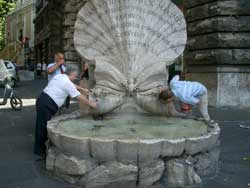

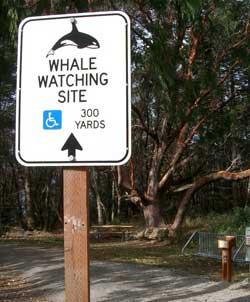
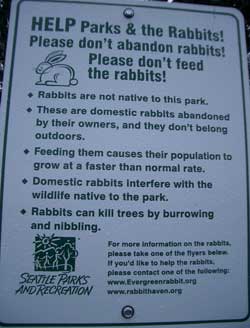
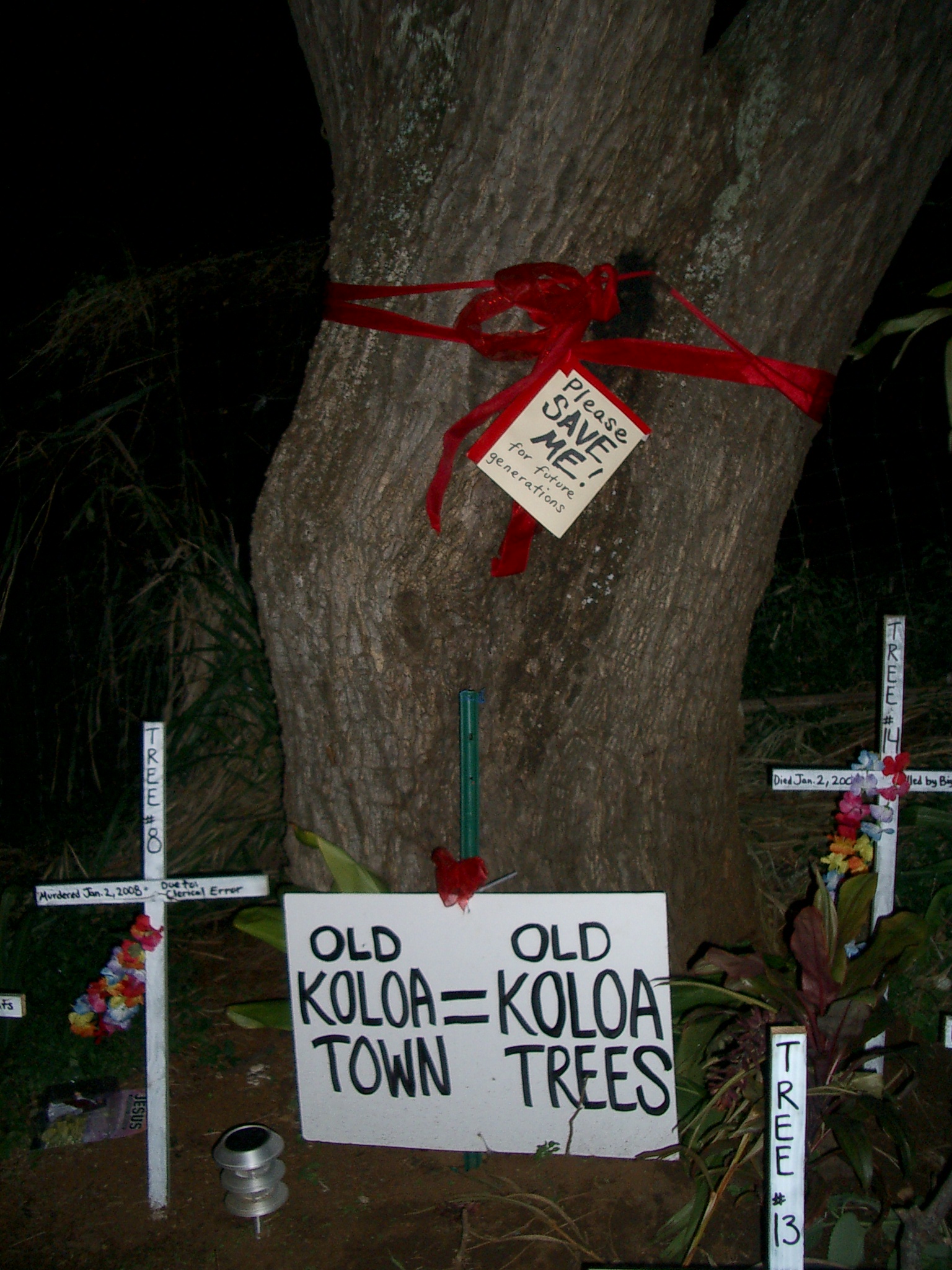
Area of Specialization: Ecoculture

My work focuses on communication as a cultural force in the nexus of humanity and ecology.
Current Research:
I’m currently working on several research projects, including:
1. Nature Tourism Discourses: Ethnographic research centrally concerned with ways tourism discourses reinforce or challenge Western views of, and actions toward, wildlife and ecosystems. Locations of focus include the North American Pacific coast, Hawai'i, Australia, and New Zealand.
2. Ecocultural Identity: Theoretical and qualitative research examining the everyday production and disciplining of individual orientations toward the more than human world. Co-editing, with José Castro Sotomayor, the Routledge Handbook of Ecocultural Identity.
3. When I say nature, I mean...: Analysis of free writes to illuminate individual and wider ecocultural meaning systems. In addition to this study, these free writes from my courses have inspired several talented graduate students to create a performance piece.
Sample Published Works: To access all publications, go to Academia.edu
• Carr, J., & Milstein, T. (2018). Keep burning coal or the manatee gets it: Rendering the carbon economy invisible through endangered species protection. Antipode: A Radical Journal of Geography, 50 (1), 82-100.
• Milstein, T.,Pileggi, M., & Morgan, E. (Eds.) (2017). Environmental Communication Pedagogy and Practice. London, UK: Routledge. (National 2017 Tarla Rai Peterson Book Award for Outstanding Scholarship in Environmental Communication)
• Debelo, A.R., Legesse, A., Milstein, T., & Oda, O. (2017). “Tree is life:” The rising of dualism and declining of mutualism among the Gedeo of southern Ethiopia. Frontiers in Communication: Science and Environmental Communication, 2.
• Milstein, T.& Griego, S. (2017). Environmental privilege walk: Unpacking the invisible knapsack. InMilstein, T., Pileggi, M., & Morgan, E. (Eds.), Environmental Communication Pedagogy and Practice. London, UK: Routledge.
• Milstein, T.,Alhinai, M, Castro, J., Griego, S., Hoffmann, J, Parks, M., Siebert, M. & Thomas, M. (2017). Breathing Life into Learning: Ecocultural Pedagogy and the Inside-Out Classroom. InMilstein, T., Pileggi, M., & Morgan, E. (Eds.), Environmental Communication Pedagogy and Practice. London, UK: Routledge.
• Milstein, T. (2016). The performer metaphor: “Mother nature never gives us the same show twice.” Environmental Communication, 10 (2), 227-248. (National 2017 Christine L. Oravec Article Award for Outstanding Scholarship in Environmental Communication)
• Milstein, T. (2016, May 31). Is nature really the greatest show on Earth? [Web log post]. Center for Humans & Nature.
• Milstein, T. (2015, November 13). From SeaWorld to the wild, a nature-as-performer metaphor holds sway [Web log post]. International Environmental Communication Association, Taylor & Francis.
• Milstein, T. (2013). Book review: Arran Stibbe, Animals Erased: Discourse, Ecology, and Reconnection with the Natural World. Discourse & Society, 24 (4), 504-506.
• Milstein, T. (2012). Banging on the divide: Cultural reflection and refraction at the zoo. In E. Plec (ed.) Perspectives on Human-Animal Interaction: Internatural Communication. (pp. 162-181). London: Routledge. (National 2012 Christine L. Oravec Article Award for Outstanding Scholarship in Environmental Communication)
• Milstein, T. (2012). Survive, critique, and create: Guiding radical pedagogy and critical public scholarship with the discursive guideposts of ecopedagogy. Green Theory and Praxis Journal. 6 (1), 3-16.
• Milstein, T. (2012). Greening Communication. In S.D. Fassbinder, A. J. Nocella II & R. Kahn (Eds.), Greening the Academy: Ecopedagogy through the Liberal Arts (pp. 161-174). Rotterdam: Sense Publishers. (2013 Critics Choice Award, American Educational Studies Association)
• Milstein, T. & Dickinson, E. A. (2012). Gynocentric greenwashing: The discursive gendering of nature. Communication, Culture, & Critique. 5 (4), 510-532.
• Milstein, T., & Kroløkke, C. (2012). Transcorporeal tourism: Whales, fetuses, and the rupturing and reinscribing of cultural constraints. Environmental Communication: A Journal of Nature and Culture. 6 (1), 82-100.
• Anguiano, C., Milstein, T., De Larkin, I., Sandoval, J., & Chen, Y.W. (2012). Connecting community voices: Using a Latino/a critical race theory lens on environmental justice advocacy. Journal of International and Intercultural Communication. 6 (3), 403-421.
• Milstein, T., Anguiano, C., Sandoval, J., Chen, Y.W., & Dickinson, E. (2011). Communicating a “new” environmental vernacular: A sense of relations-in-place. Communication Monographs. 78 (4), 486-510.
• Milstein, T. (2011). Nature identification: The power of pointing and naming. Environmental Communication: A Journal of Nature and Culture. 5 (1), 3-24.
• Milstein, T. (2009). Environmental communication theories. In Stephen Littlejohn and Karen Foss (eds.). Encyclopedia of Communication Theory (pp. 344-349). Thousand Oaks: Sage.
• Milstein, T. (2009). ‘Somethin’ tells me it’s all happening at the zoo:’ Discourse, power, and conservationism. Environmental Communication: A Journal of Nature and Culture. 3 (1), 25-48.
• Hall, D., Bernacchi, L., Milstein, T., & Peterson, T.R. (2009). Calling all artists: Moving climate change from my space to my place. In D. Endres, L. Sprain, & T.R. Peterson (eds.) Social movement to address climate change: Local steps for global action (pp. 53-80). Amherst, NY: Cambria Press.
• Sprain, L., Norton, T., & Milstein, T. (2009). Step It Up! and image politics in the Pacific Northwest. In D. Endres, L. Sprain, & T.R. Peterson (eds.) Social movement to address climate change: Local steps for global action (pp. 281-308). Amherst, NY: Cambria Press.
• Milstein, T. (2008). When whales “speak for themselves”: Communication as a mediating force in wildlife tourism. Environmental Communication: A Journal of Nature and Culture. 2 (2), 173-192. (2009 Christine L. Oravec Award for Outstanding Scholarship in Environmental Communication)
• Milstein, T. (2008). The nature inside our heads: Exploring possibilities for widespread cultural paradigm shifts about nature. Drain: Journal of Contemporary Art and Culture (Sustainability Issue), 10.
• Milstein, T. (2007). Human Communication's Effects on Relationships with Animals . In Marc Bekoff (ed.) Encyclopedia of Human-Animal Relationships: A Global Exploration of Our Connections with Animals. (Vol. 3, pp. 1044-1054). Westport, CT: Greenwood Publishing Group.
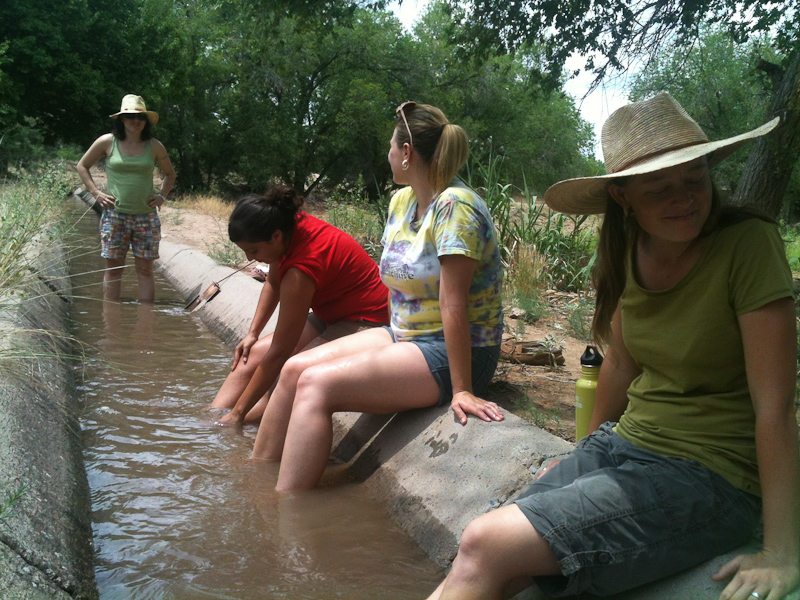
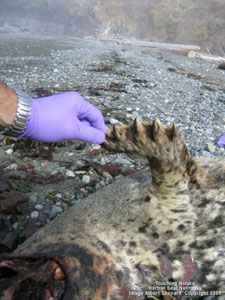

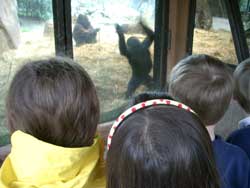
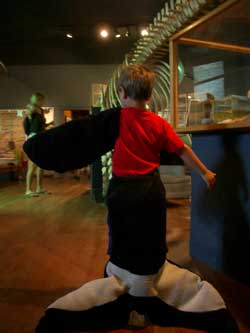
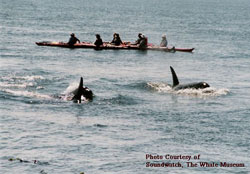
Last modified: 1/9/2018
